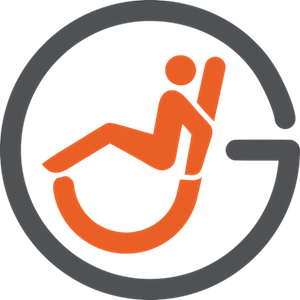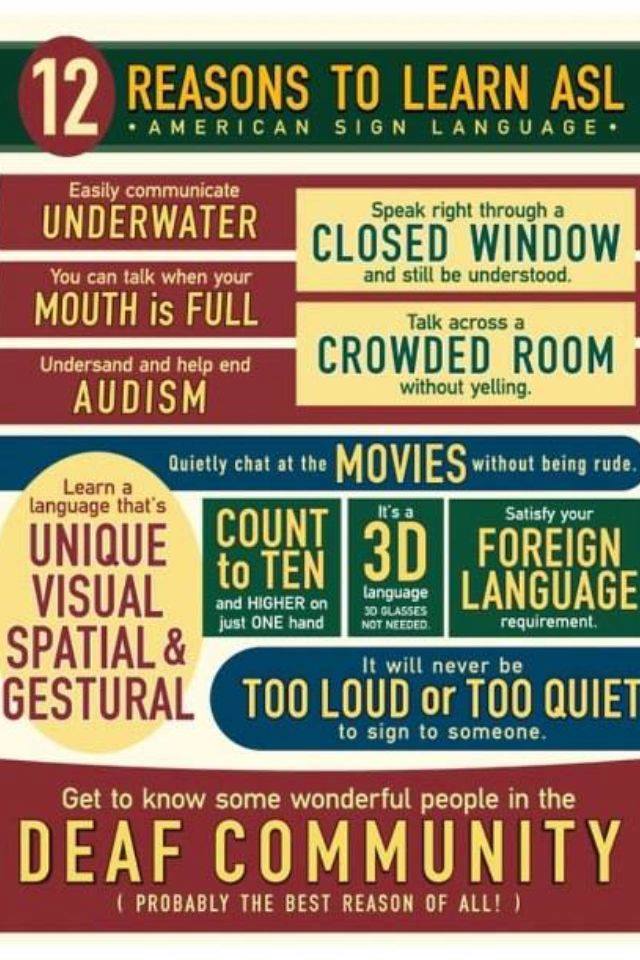I was first introduced to American Sign Language (ASL) as a kid in elementary school. Those are the earliest memories that I have of encountering someone who couldn’t hear or speak. My cousin – my aunt’s daughter – was born deaf. Over the years, while I strived to communicate with her in a more authentic way, I settled by writing notes back and forth. And, no, not writing a note and sticking it in the post mail, but having full-on conversations while sitting in front of each other, writing paragraph upon paragraph onto a post-it note, notebook, or other piece of paper.
As I grew older, I decided that I wouldn’t settle anymore. The instances in which I saw other people using sign language became more frequent, and it made me realize that not just with my cousin, but also with thousands and millions of other people I was missing the opportunity to communicate. I didn’t want to continue missing this opportunity just because I didn’t want to endure the challenge of learning another language.
So, in high school, I decided to enroll in ASL I. At the time, I didn’t know how profound of an impact this decision would have on my life but it would soon become very apparent. Over the course of that year, I learned to “fingerspell” (the concept of spelling out a word that you may not know the sign for) with the best of them and continued learning new signs through class.
Later that school year, I was on homebound instruction due to some health issues. One would assume that my ability to learn sign language would be stifled without the ability to learn from the instructor, in-person, but I was in a very unique situation. That same cousin that mentioned, along with her husband and daughter, came to help take care of me while I was on month-and-a-half long bed rest prescription after a very invasive surgery. How fortunate was I to not only be learning sign language, but also immersed in it at the same time?
There were many instances during that time where my livelihood would be affected by whether or not I learned and used the right sign. Did I want orange soda or did I want water to drink with my dinner – the signs for the two are very different.
Their daughter, Sha’nelle, was only 3 years old at the time. Those months that we spent bonding, though, I will never forget. She taught me so many different signs, and we learned alongside eachother. To this day, Sha’nelle and I remain especially close becuase of the time that we spent together – that’s one of the greatest, most loving memories I have.
Over the years, using sign language has opened me up to so many more great relationships that I would not have had access to if I didn’t learn ASL. From Liberty and Triton at a summer camp that I was the speaker for to my co-worker, Brandon, who is a tireless advocate on behalf of deaf/hard of hearing people and their culture … I am amazed at the amount of culture and pride that deaf people, and for all the right reasons. I know many that don’t feel as if being deaf is a disability at all – it’s simply a different way to communicate.
So, now that you understand my passion toward learning sign language and the importance of people who are deaf in our society, and their culture, check out this somewhat tongue-in-cheek infographic that shares with you 12 other reasons why it’s great to learn ASL.
And, yes, if you speak another language, then your signs would be different too. I don’t know anything about that, though!

